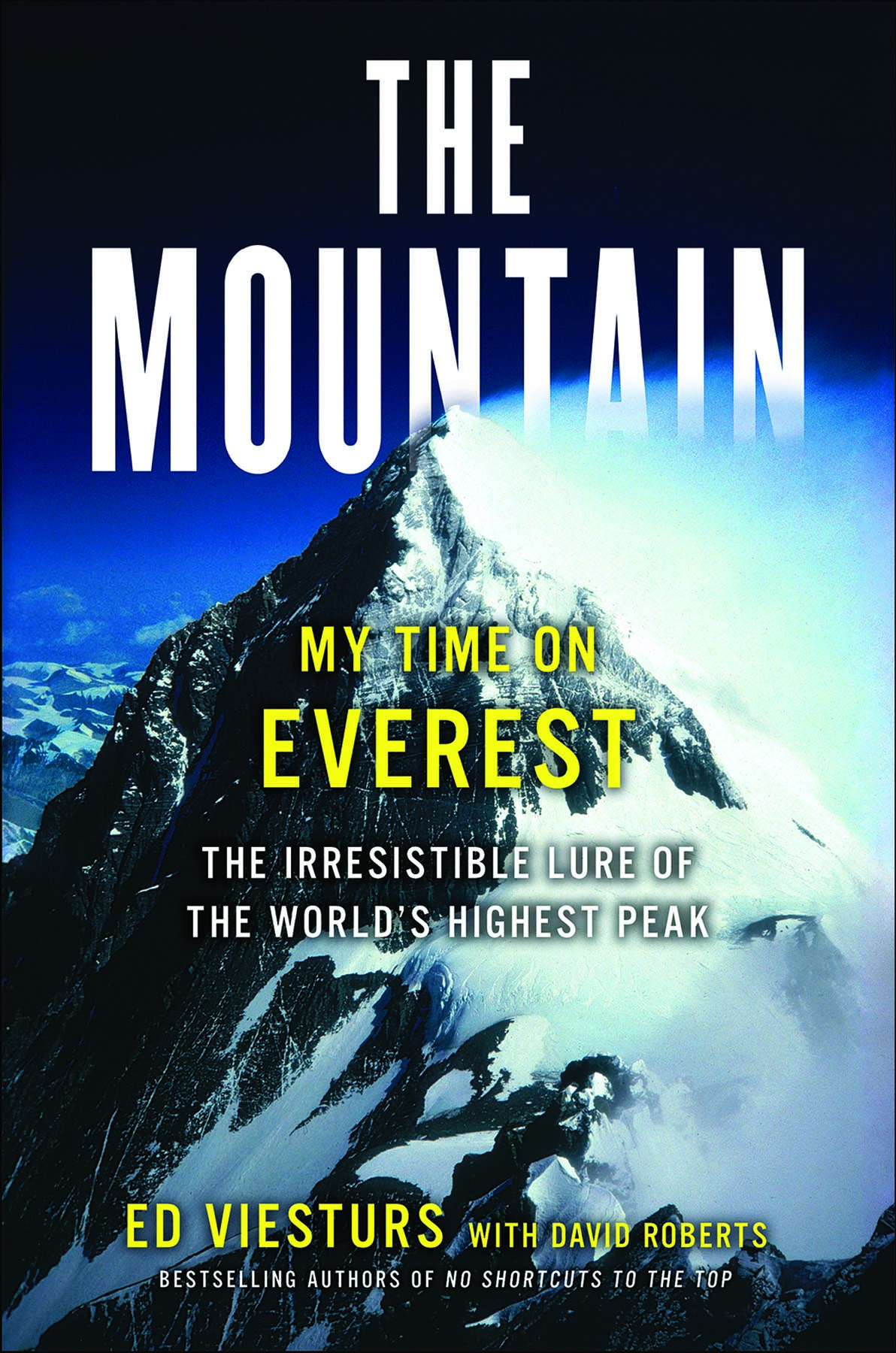
01 Sep Books: Writing the West (Summer 2014)
In The Mountain: My Time on Everest
On May 19, 2009, legendary mountaineer Ed Viesturs reached the summit of Mount Everest for an incredible seventh time. In The Mountain: My Time on Everest (Touchstone, $27.00), Viesturs (with co-author David Roberts) recounts his myth-making experiences on Everest, weaving together adventure, history and poignancy into a great read for climbers and anyone interested in the lore behind and harsh realities of climbing the highest peaks on earth. For the uninitiated, The Mountain is a textbook on the history of summiting Everest, the technical details involved in the experience, and a quiet but impassioned meditation on the lure of Everest and the other great peaks of the world.
This could be one of those “I’m so great and my feats are so great” memoirs by one of the best-known climbers in the world. But it succeeds as a book that will capture your attention because it quietly explains the lure of Everest without bravado or chest pounding. There’s a quiet, unsensational competence about both the writing and the stories Viesturs recounts that draw readers in and keeps us wanting to know more.
As a novice on the subject, but an aficionado of fascinating details regardless of subject, I found myself recounting little-known facts about the process involved in climbing peaks like Everest weeks after reading the stories in this book, without ever developing any desire to make the ascent myself. The sheer effort involved in getting to a high-enough camp on Everest to continue to the summit exceeds any ambition I’ve ever had for climbing or certainly for camping in arctic conditions. But it was astonishing to read, for example, that “the key to getting up a mountain like Everest today is to set out from your highest camp in the middle of the night.” The reason: Your goal is to reach the summit by around 2 p.m. so you can turn around before conditions deteriorate and storms make a return to camp potentially deadly.
Viesturs was, of course, part of the incredibly well documented IMAX team that ascended the mountain in 1996. Readers of Into Thin Air will obviously recognize the scenarios that climbers faced during that harrowing summer — and they’ll be enlightened by the even-handed, but still thrilling account that Viesturs offers of those events. All in all, this is the kind of history and memoir that should be read because it relates an impressive and storied career, pays homage to other great moments in climbing history and offers page-turning storytelling and clarity about the experiences on the mountain.
Dead Man’s Fancy
Keith McCafferty’s Sean Stranahan mystery series (The Royal Wulff Murders and The Gray Ghost Murders) continues offering highly entertaining twists and turns, drama and danger with Dead Man’s Fancy (Viking, $26.95). Stranahan — fly fisherman, painter and hero of the series — is again enlisted by the infamous woman sheriff of Hyalite County, Martha Ettinger, this time to solve a missing-persons case. Stranahan and Ettinger get swept along into a case involving that most controversial of Western wildlife issues — the reintroduction of wolves to the West.
The battle between pro-wolf advocates and anti-wolf interests, as drawn by the very knowledgeable storyteller McCafferty, makes for drama that could come right from the front page. The details of inspecting wolf scat for evidence are right out of CSI Montana. Are the wolves responsible for the death and disappearance of the young woman known as the “Fly Fishing Venus” or are there two-legged villains behind something even more sinister?
McCafferty’s high-concept mysteries work because he taps into the mythology, history and current politics of the West to create characters and settings that are both believable and endearing. The chapter “Reading the White Book” pulls the reader right into the snowy mountain murder scene at the heart of the story and into the complicated relationships between his main characters — and keeps us wanting to know, in a way that seems almost effortless, what on earth happened to that poor wrangler.
Venturing into stereotypes based on real types and scenarios that are easy to imagine in the Western landscape, just enough so that readers pick up on the clues and get sidetracked by the red herrings, McCafferty then lets the plot unfold with humor, romance and more than enough of the unexpected to keep even jaded mystery readers turning the pages. Eventually, the personal vendettas at the heart of the central crime point to the possibility that two-legged villains are more to be feared than their four-legged counterparts of storybook legend.
Glorious
Glorious, the new novel by Jeff Guinn (Putnam, $26.95) offers a cornucopia of potential villains, unlikely heroes, big-hearted prostitutes and silent types that make it a tour de force of the Western genre. A mysterious stranger with a checkered past and a pocketful of money arrives in town on a quest to find his long-lost love. The long-lost love is beautiful but aloof and seemingly immune to his charms. The stranger misses the next stage out of town after his rejection and gets embroiled in the story of the town itself. The town of Glorious — if you can call the half-built mining camp a town — is evidently under threat from the surrounding Apaches and a local ranch magnate is offering protection.
Formulaic it may be, but Guinn’s novel is no less enjoyable for its predictability. Guinn is an investigative journalist and the author of several very well respected nonfiction titles including New York Times bestseller The Last Gunfight: The Real Story of the Shootout at the O.K. Corral and How It Changed the American West. His eye for detail — and his keen understanding of the story behind the story — is key to the skillful way he develops the intricate plot around the dried-up, wannabe boomtown of Glorious. And those details help take the standard shoot-em-up elements to another level.
But it’s the characters — the residents of Glorious — who keep you rooting for this down-on-its-luck town in the face of the surrounding turmoil. The love interest isn’t just a pretty face. Her talents and integrity don’t come off as a caricature of all that is lovely and civilized in a frontier outpost. The hotel owner first seems to be willing and eager to take advantage of his guests but becomes a friend. And the fact that Guinn’s mysterious stranger, Cash McLendon, recognizes the inherent goodness and value in these somewhat dubious townsfolk, makes you root even harder for him in his quest to get the girl and expose the villains for what they are; you cringe for him when he makes his fatal mistake. Guinn leaves us hoping that Cash McLendon will be back on a stage and heading into another town to start again.
The Montana Vigilantes: Gold, Guns, & Gallows
The Montana Vigilantes: Gold, Guns, & Gallows by Mark C. Dillon (Utah State University Press, $34.95) is a hefty book about a weighty subject. The Vigilante era in Montana is still, 150 years later, a subject of controversy surrounded by a great deal of misinformation. The controversy comes from the murky evidence about what really happened when citizens took the law into their own hands, and the myths that have taken on epic proportions: from the meaning of the numbers “3-7-77” to whether or not Sheriff Henry Plummer was a road agent or a misunderstood but upright citizen. Unfortunately, books on the topic too often either form part of the murky evidence pool or have been relegated to dusty history shelves and dismissed as being either “revisionist” or “apologist.” What’s worse, of course, are the stories designed to entertain tourists and even — yes, this is true — inspire an annual high school parade in Helena, Montana. The Vigilante era in Montana was, in fact, a brutal time regardless of how it gets dressed up in hoop skirts or viewed through the sepia-toned images in reprints of contemporary accounts.
Since rumor, innuendo, conspiracy theory and long-standing myths make up most of what is supposedly known about the vigilantes and the men they convicted of crimes in the lawless gold country that was Montana in the 1860s, any writer treading into that territory again is facing a daunting challenge by flying in the face of what readers already believe. As Dillon, an associate justice in the New York Supreme Court system, points out: “[Writing] about Montana’s vigilantism is made even more challenging by the fact that the persons involved did not want contemporaneous evidence of their activities.” There are no meticulously kept and dispassionate court records to inspect. And contemporary accounts of the vigilantes, from newspapers, letters and diaries — not to mention the books written by eyewitnesses who may have been more than eyewitnesses — are best approached with at least a healthy pinch of skepticism.
That’s what makes Dillon’s approach to this history refreshing. Rather than rehash old stories, he has, in 17 thoroughly documented chapters, revisited the stories of those days and provided a legal context and social history that takes the events far beyond the trivial. Readers who think they know what happened may be surprised to find out that they do have a pretty good grasp of the facts — but Dillon’s success comes in taking the known, exposing the unknown, and providing context and analysis in detail. The chapter, “The Bloody Drama Moves from Bannack to Virginia City,” takes on the events of January 14, 1864, which culminated in the hanging of five men, offering a dramatic but well-reasoned analysis of events. That alone makes an excellent introduction to the subject and a great jumping off point for the thorough and fascinating history. Readers who take the plunge with him into the murky waters of the past will be rewarded with new clarity about the entire era.
Circling Back Home: A Plainswoman’s Journey
In the 21st century, it’s easy to dismiss the idea of a ranch wife as something from an earlier era, only present in the form of sepia photographs. But in her new memoir, Circling Back Home: A Plainswoman’s Journey (South Dakota State Historical Society Press, $16.95), Darcy Lipp-Acord puts a contemporary face on ranch life, taking on the contradictions of living in our modern world with all its quirks while holding on to her values and her way of life — in spite of sometimes struggling against the things she holds dear. Drawn from more than a decade’s worth of writing on a variety of Wyoming and Montana ranches, Acord’s introspective and very personal essays reveal her early ambivalence toward accepting her husband’s chosen career and the lifestyle that comes with it, and in the end demonstrate the grace and beauty of her own choices.
The granddaughter of German-Russian immigrants, Acord grew up in a farm family near Timber Lake, S.D., a reluctant farm dweller, chafing against the bonds of the multi-generational family farm life and small-town realities she knew. Through the essays collected in this book, you see her struggle to break free from the expectations put on her by her heritage and her religious beliefs and by the examples set by her parents, grandparents and her husband’s parents. And then you see her put that struggle in the context of the life she chooses when she marries her husband, moving from ranch to ranch, temporarily giving up the life and then going back to it, both absorbed by the beauty of the landscape around her and always aware of the challenges that come with it.
As the mother of six children and partner in the ranch business with her husband, in many ways, Acord’s 21st-century life is not that much different from the one her mother led on the farm or that of her mother-in-law or grandmothers. Through her eyes, though, we experience the premature birth of a son and an extended hospital stay, during which she watched the terrifying events of September 11, 2001 unfold. We feel her reach deep for her faith as she and her husband choose to have their sixth child. And we smile with wry recognition as she describes carving out a corner of her mud room for an office and trying to squeeze in a few minutes of writing around the demands of busy preschoolers. This portrait of modern motherhood exudes the love Acord has for her family and for the ranching life, without being cloying. Its strength is in her examination of her own responsibility for her choices and her willingness to turn over rocks in her search for personal truth — which is perhaps not that far from the truth faced by her predecessors.
Wingbeats and Heartbeats: Essays on Game Birds, Gun Dogs, and Days Afield
Dave Books’ new memoir, Wingbeats and Heartbeats: Essays on Game Birds, Gun Dogs, and Days Afield (University of Wisconsin Press, $21.95) offers a different writerly perspective on the prairies and ranchland of the West, the themes of nostalgia compete with reality and hope for the future make this book a truly contemporary portrait of what some people may perceive as an antiquated hobby best evoked through 19th century English etchings. Books’ hunting career in North America has spanned almost four decades and includes an envy-inspiring list of prey sought and places walked. In this collection of essays on bird hunting, dogs and hunters themselves, he looks to the past for the inspirations behind his hunting career and embraces the quirks of the modern landscape.
As Books (an award-winning writer and former editor of Montana Outdoors) points out in “Hunting the Sagebrush Sasquatch”: “There are still plenty of cowboys and sage grouse in Montana, but times are changing. The open range is largely a thing of the past and these days some cowboys round up their cattle with four-wheelers and motorbikes. Sage grouse, too, have been losing a gradual war of attrition across the West. The big birds need sagebrush, and sagebrush has too often been poisoned, burned, and plowed to make room for grassland, farms, and condos.”
This book isn’t a polemic on the changing landscape of the West, however; but it is in many ways a book about adaptation. Taking the best from the past and learning to live in the present is the theme of many of the essays. Books manages to evoke the smell of that sagebrush and the love of the landscape while sharing insights on biology, ecology, geography and history — and revealing self-deprecating anecdotes about encounters with landowners. His stories are full of tender respect for the many bird dogs in his life and the birds themselves: Hungarian partridge, woodcocks, ruffed grouse, sharp-tailed grouse, chukars (“You hunt them the first time for sport, but after that it’s for revenge”), bobwhite, ducks, ringneck pheasant and quail. Readers will also get a few tips on what equipment to take for a hunt in the Arizona desert, where your trip might be interrupted by the Department of Corrections, and what boots to wear tracking the aforementioned chukars in the mountain terrain of Idaho. The strength of his book, which is beautifully illustrated with detailed bird drawings by Christopher Smith, is that you can dip into each envy-inspiring essay and come out of it with a great appreciation for the sport Books loves and a little more information on the complexity of hunting in the changing West. You may also find yourself with a powerful urge to hike through prairie and mountain country with a loyal lab or Brittany at your side.
Of Note: Books, Music, Movies & More
It’s hard to say whether the poetry or the dedications will bring smiles or tears as a reader dips into Paul Zarzyski’s new collection, Steering with My Knees (Bangtail Press, $19.95). Zarzyski is too clever, and it struck me — as it often strikes me when I read or hear cowboy poetry — that it’s a darn good thing folks like Zarzyski have a creative outlet for rage, love, joy, humor, insight, cleverness and down-right intelligence. Without that creative outlet for their considerable talents and intellect, they could end up running for local school boards and becoming petty despots. But as an artist realized, Zarzyski brings not just joy but also enlightenment to the souls of those around him, capturing our attention, asking us to think, and making us smile and cry.
Of all of Jim Harrison’s rightfully celebrated body of work, the Brown Dog stories are some of his most beloved creations. Brown Dog (Grove Atlantic, $27.00) brings together all five novellas and includes a new misadventure for his eponymous anti-hero, He Dog, in one volume. Hapless, luckless, well-meaning but ill-informed, endlessly confused about life but always optimistic, B.D. and his lovers and friends are worth visiting and revisiting in this beautiful new collection.
Gary Wilson has been writing about Montana — and more particularly the Hi-Line — for more than 35 years. In his latest, Adventure Tales of Montana’s Last Frontier (Riverbend, $14.95) he reveals 14 stories from Milk River country, including explorers, cattle queens, railroad workers, immigrants and Native peoples. He doesn’t give short shrift to the tiny places that make up the far northern reaches of Montana — nor does he rely heavily on the “brave-men-seeking-their-fortunes” stereotypes of the Western movement. These are real stories featuring real people. Wilson is a thorough researcher, dedicated to detail, and also a Montanan with a real affection for its people and its history.
Any Other Name, a Longmire Mystery, (Viking, $26.95) is Craig Johnson’s latest installment in the series that has inspired the eponymous TV hit on A&E. Walt Longmire is successful as a hero because of his “aw-shucks” competence. And the books work because they have, at their heart, a genuine and authentic character in the form of the state of Wyoming itself. In this mystery, Walt ventures into a neighboring county to help out an old friend — all the while his soon-to-deliver daughter is hoping for his arrival at the birth of his new grandchild across the country. This will be a great lakeside read this summer — and on beaches everywhere — as it paints a portrait of the West that leans on the mythical but doesn’t exploit that myth, all while spinning a good yarn.
Gatherings: Friends and Recipes from Montana’s Mustang Kitchen by Carole Sullivan with photography by Lynn Donaldson (Sweetgrass Books, $29.95) is so much fun to browse through, the first time you don’t even notice how great the individual recipes are. Sullivan is the chef-owner of Mustang Fresh Food and Catering in Livingston, and in this book she’s pulled together recipes in menus designed for gatherings from prairie picnics to elegant holiday meals, featuring Montana classics and introducing more ethnic flavors and combinations in gourmet menus. The food photography and the settings — Mustang has catered parties in some pretty amazing places — are inspirational and fun. Each section of the cookbook offers a peek into a different celebration from family gatherings to holiday parties. The recipes are interesting and the menus are well thought out, and nothing is overwhelming for a home cook. The Evil Jungle Chicken and Snappy Lemon Ginger Tea Ice Cream will definitely be served on my patio this summer.




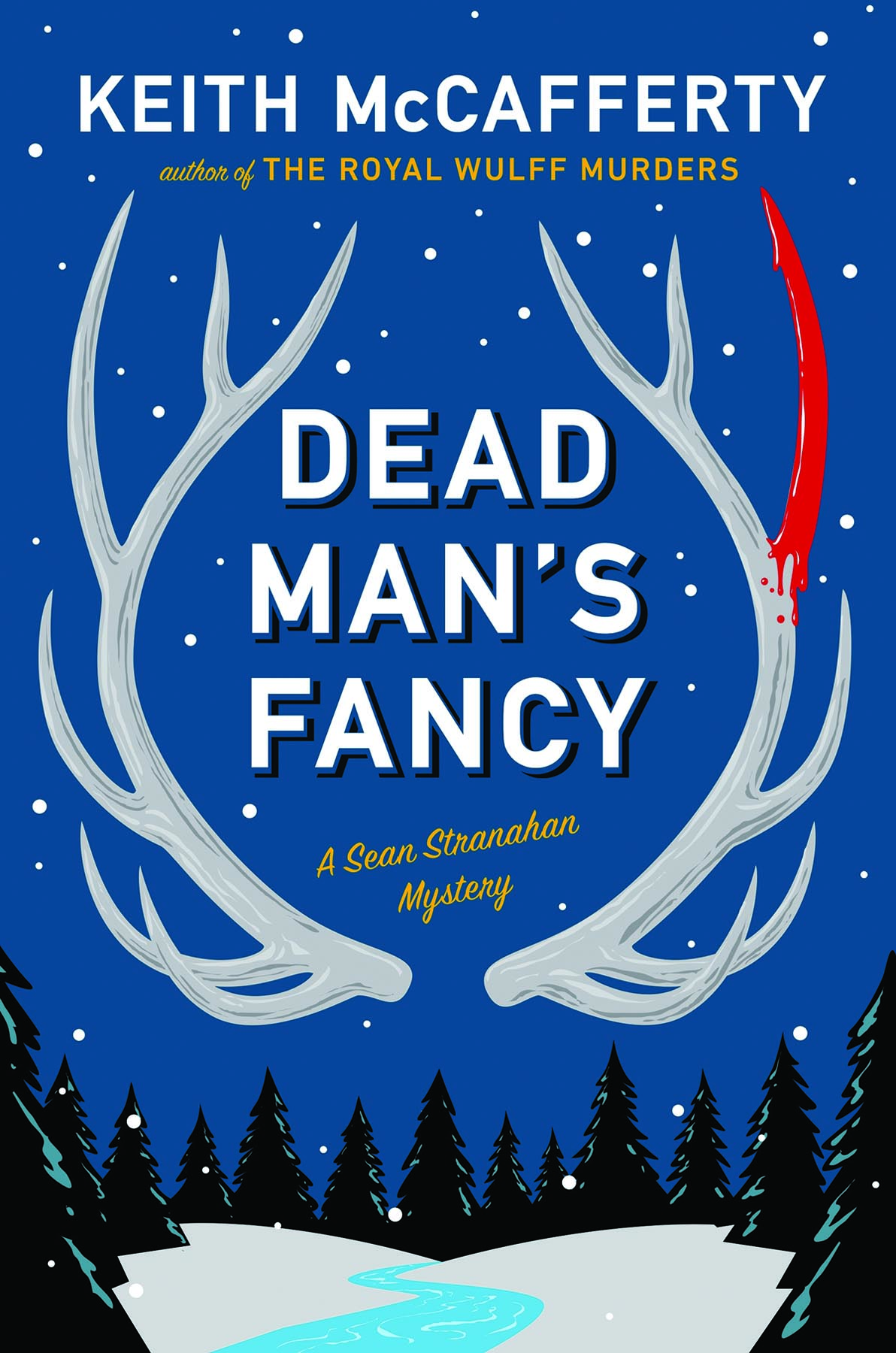
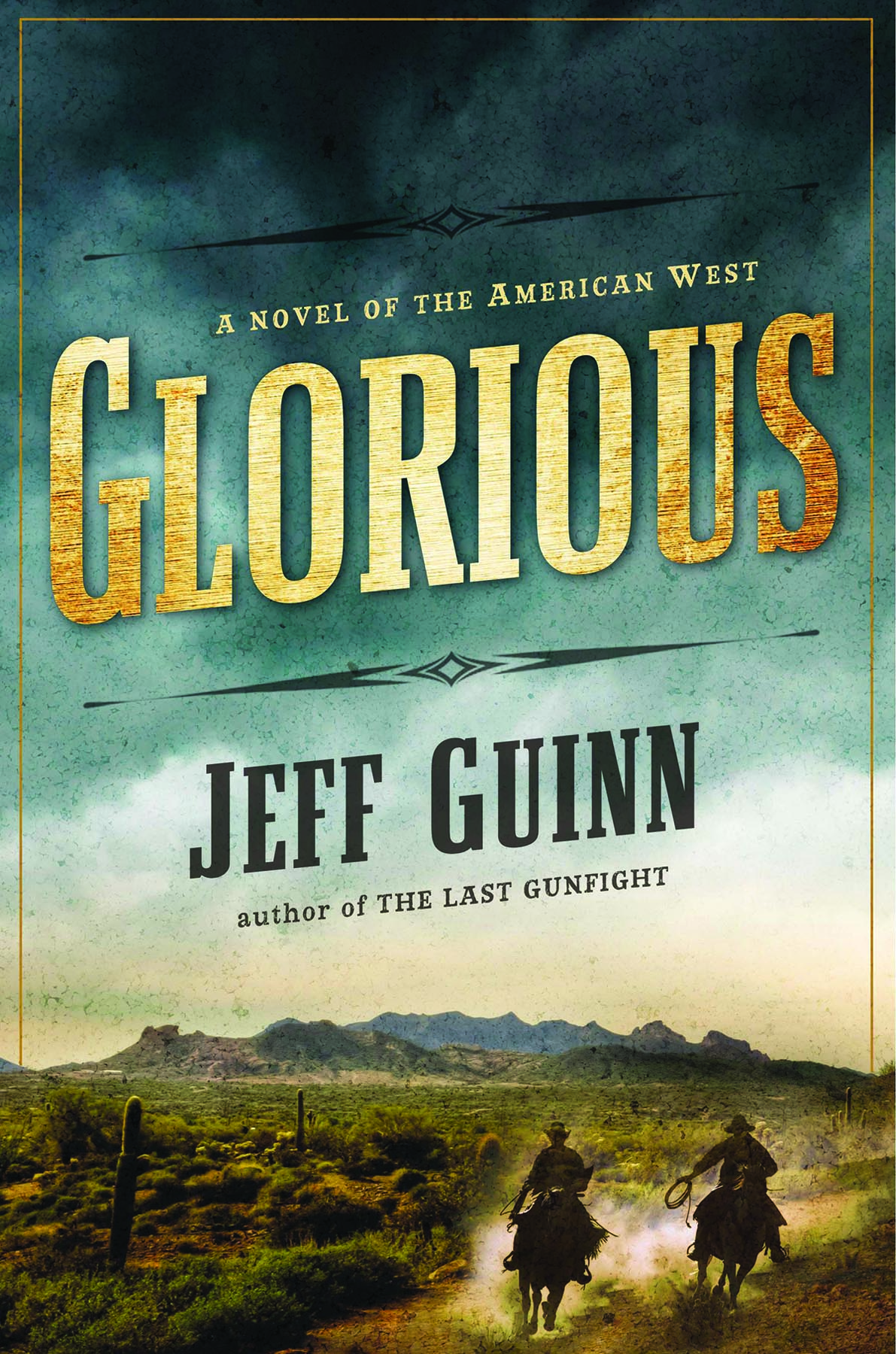
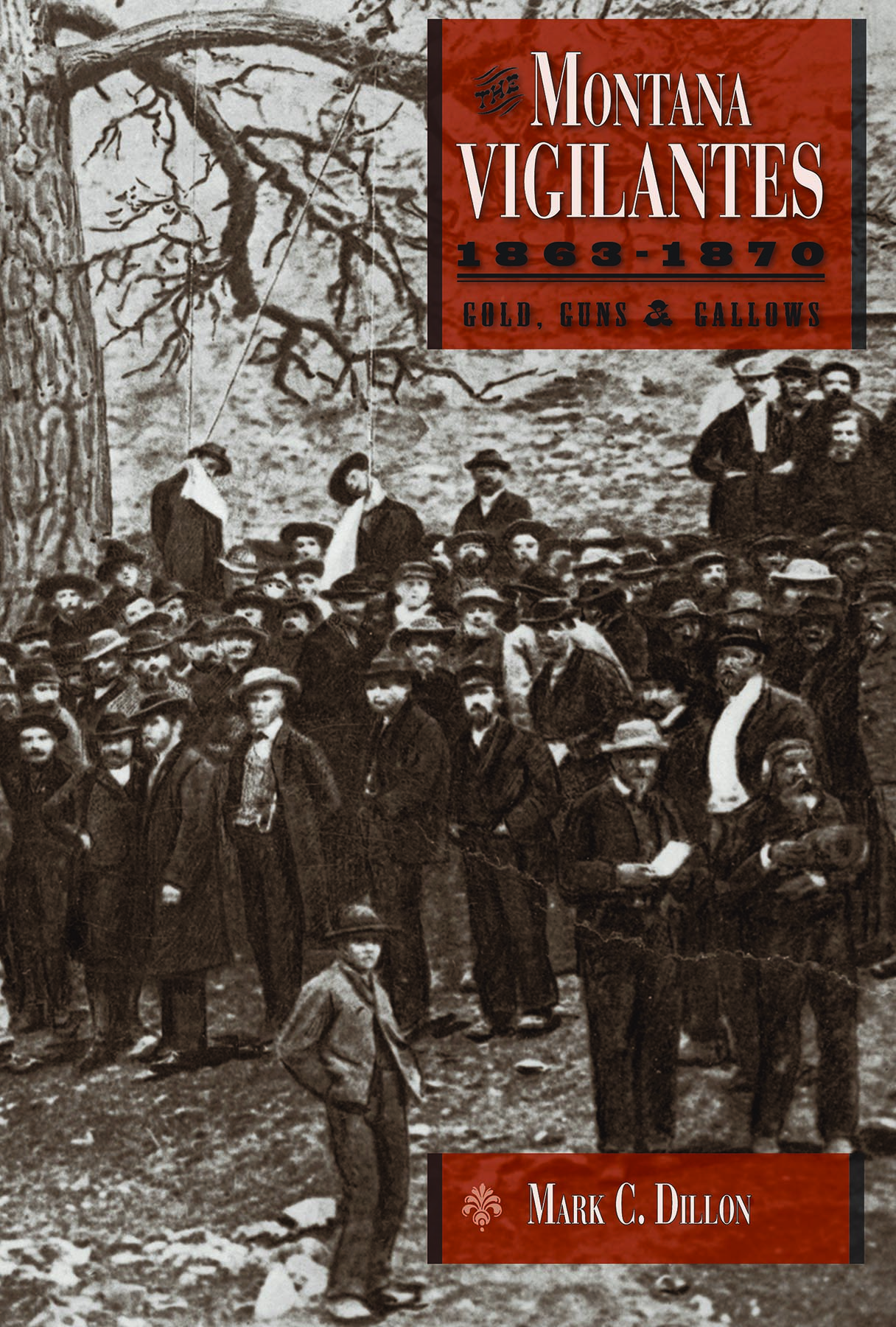


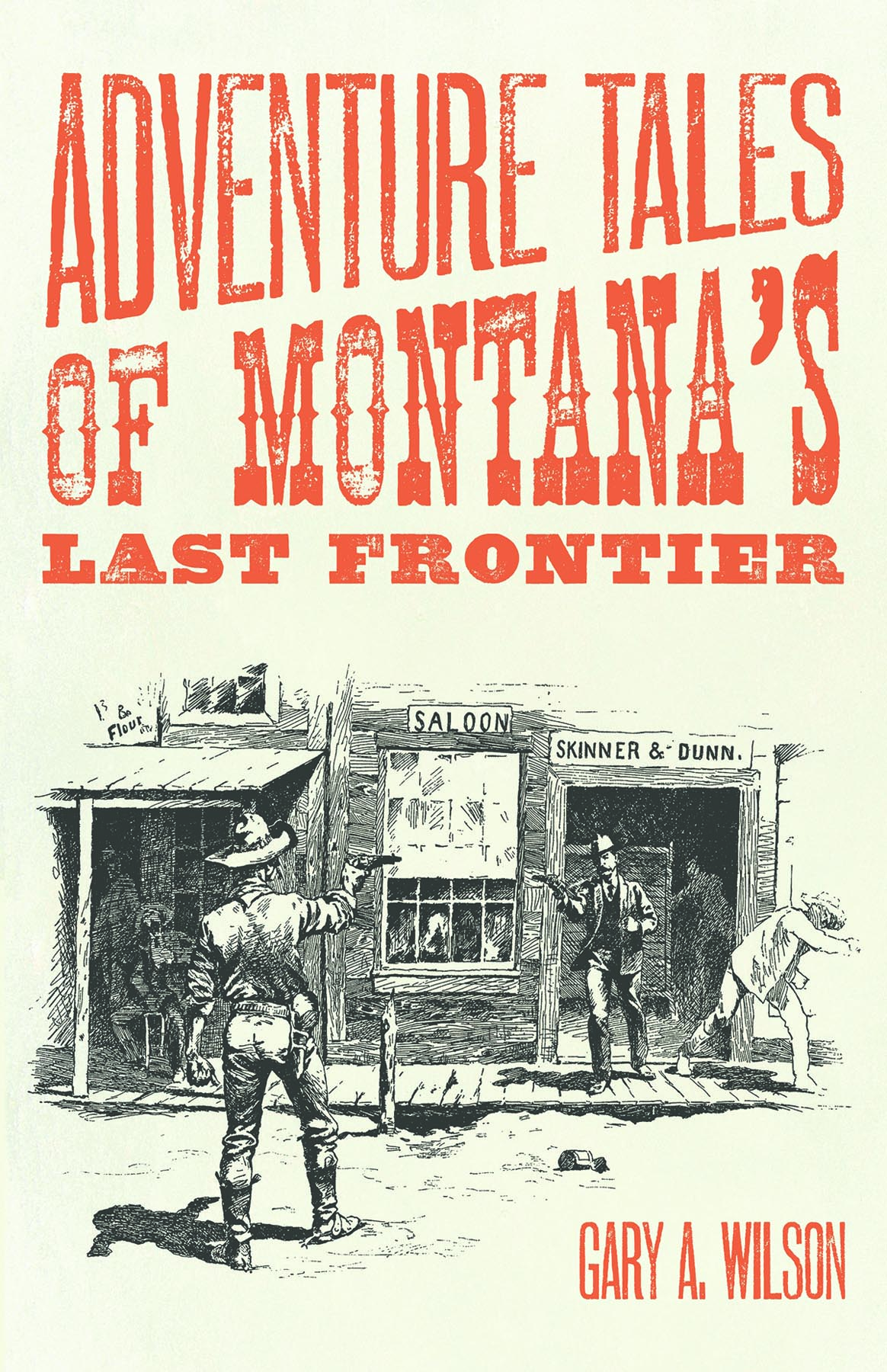

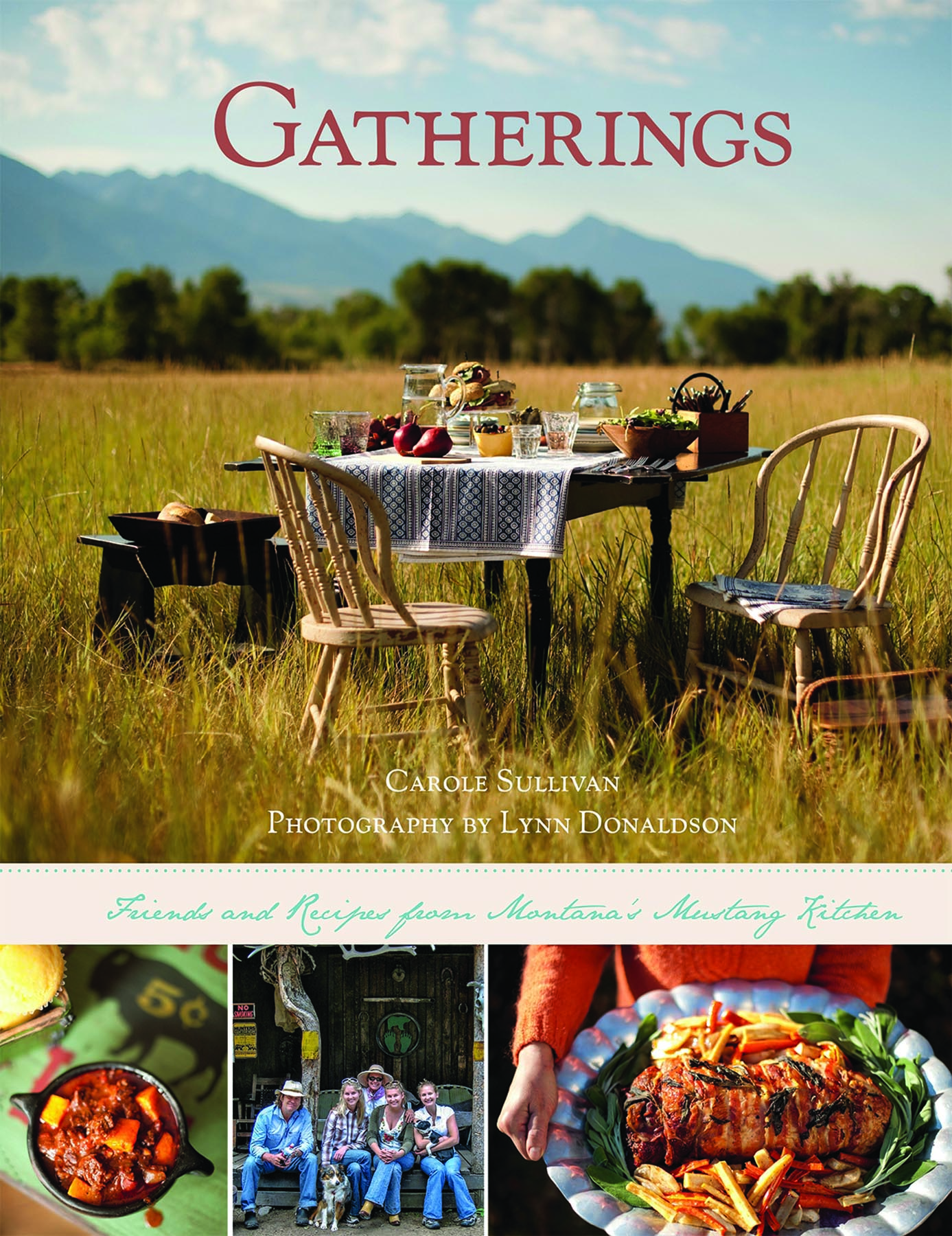
No Comments